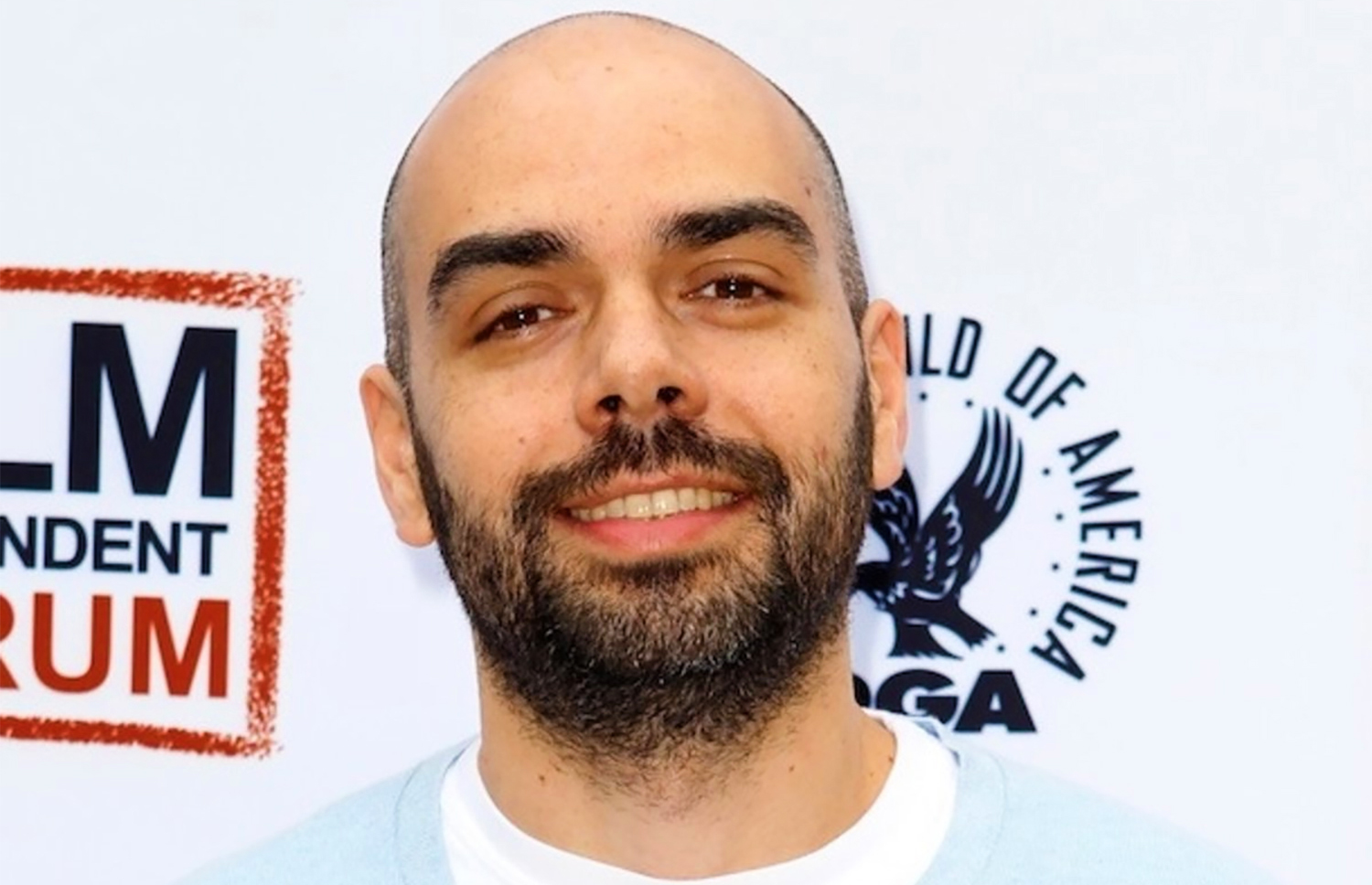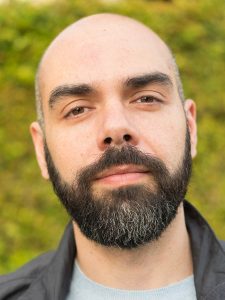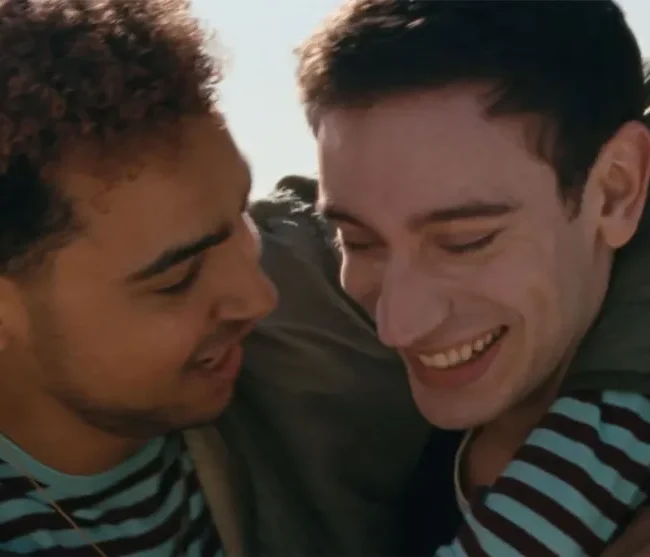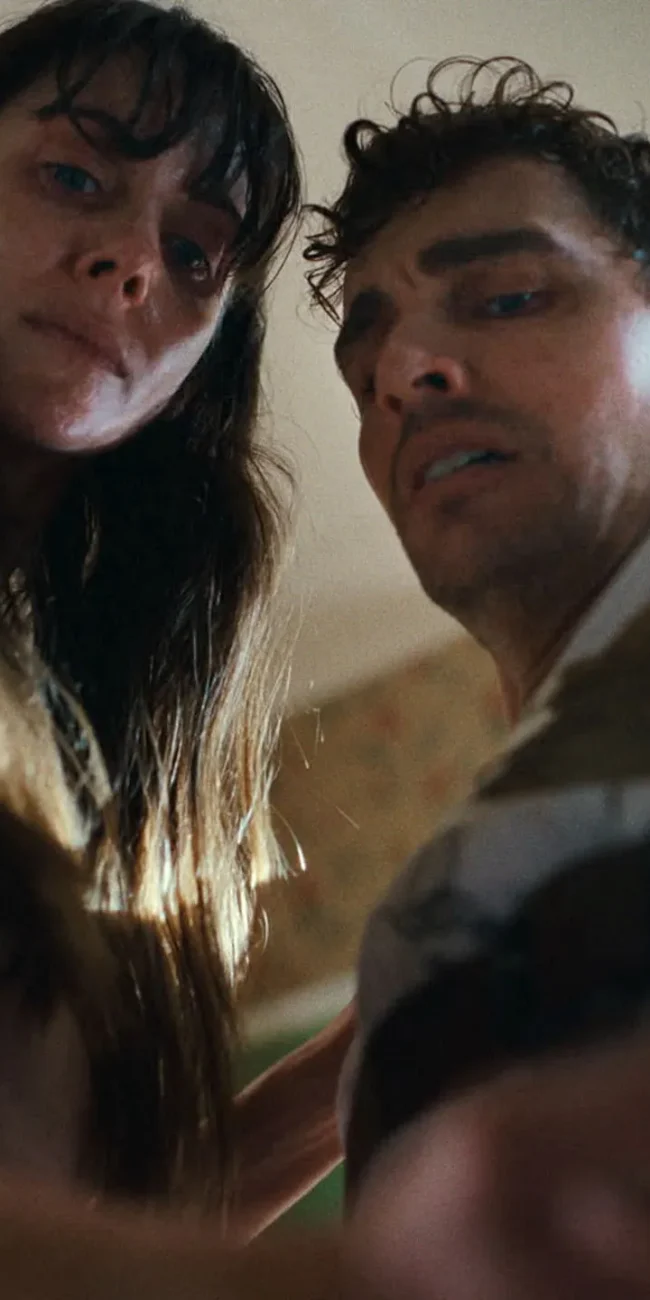A Conversation with Pedro Kos (REBEL HEARTS)

Just before the start of this year’s Sundance Film Festival, I spoke remotely to documentary director Pedro Kos about his new film, Rebel Hearts (which I also reviewed), which recounts the gripping saga of a group of Los Angeles nuns resisting the Catholic patriarchy in the 1960s. Though theirs appears at first a pyrrhic victory, it proves anything but, as the legacy of their activism very much lives on. Here is a condensed digest of our conversation, edited for length and clarity.
Hammer to Nail: What first drew you to this subject?
Pedro Kos: Towards the end of 2015, a dear friend and colleague, Kira Carstensen, called me and said, “Hey, there’s this story that I think you might be interested in.” And a colleague, someone she knew, a filmmaker named Shawnee Isaac Smith, who actually is one of our producers now, had begun documenting and interviewing these former Immaculate Heart Sisters over two decades ago, near the end of around ’99, 2000. And Shawnee had met these incredible women and begun interviewing and amassing this extraordinary treasure trove of firsthand accounts from Anita Caspary, Helen Kelley and Pat Reif, who are sort of our main characters in our film.
So, she amassed almost 50 interviews with this community of women, and at a time when most of them were still alive and well. And when Kira contacted me at the end of 2015, early 2016, I was just blown away by these interviews, by this material, and I am actually not exaggerating to say it was like an arrow through my heart. Growing up Catholic, as a gay man in Catholic Brazil, the battle lines of the conservative and progressive sides of the Catholic faith run right through the middle of me, and the way that these incredible women faced this power imbalance, or this very oppressive regime, and had the imagination to rethink their place in the world and to reform, was really, really inspiring.
And also it showed what change looks like over a long period of time. For me, this film is really a meditation on change and how difficult that is, all the bumps in the road. It’s not something where you simply just snap your fingers. It took a movement and they really created a movement and for me that was fascinating on the largest scale, but also very intimate on a very personal scale, for me, as someone who comes from the same faith and really thought about all these same issues that they did.
HtN: That sort of answers my next question, to some degree, because I was curious where you got all that archival material from. Is that all from Shawnee Isaac Smith, then?
PK: The interviews which are really the foundation of the film were conducted by Shawnee over two decades ago. She also amassed some archival material. And when I came on board the project in 2016, I filmed some more. We filmed about 31, or over 31 days, in total. And also we began to really do a very thorough archival search. So we found a lot of incredible material with…there are other filmmakers who filmed with these Sisters back in the ’60s, because they were making headlines; this was making news all around the world.
The story of the Immaculate Heart Sisters, if we took a time machine to the late ’60s in Los Angeles, everyone would know this because it was a story that was on the cover of Newsweek, of Time, of Life Magazine. They were literally making headlines all over the country and all around the world. There were news pieces from NBC, CBS, ABC, and the BBC did a big feature on them, a couple of times, actually, back then. So we actually went to all these different sources and we began a huge dig, for lack of a better term, for materials. And so we have everything from footage, to photographs, to headlines, to letters, to correspondence, to notes from speeches and all that.

Filmmaker Pedro Kos
HtN: Well, kudos to you for all that research. I love documentaries made from archival footage, but it’s definitely those interviews which helped make the story because a lot of these essential figures are sadly now deceased. I’m curious, though, why Shawnee didn’t just want to direct a documentary, or put it all together, herself. I mean, obviously you’re an accomplished editor and you’ve co-directed another documentary. Do you know why she thought it would be better to hand off to someone else?
PK: Well, that’s a great question and I wish Shawnee were here. I mean, I think this was a difficult project to put together, even when I came on, in terms of getting it off the ground and getting the right team and all the parties involved to bring it to life. I definitely think she, at some point, wanted to direct that, as well, and had plans to. And that’s the extraordinary thing about Shawnee, that she was incredibly generous. Once we met, then we talked about the story and I talked a little bit about what I think we could do, explored different avenues to bring this story to life in a very immersive way with things like animation and the motion graphics and all that.
She’s been involved all the way through and she has been an incredible partner. But she also really trusted, not only me, but our incredible team, beginning with Judy Korin, our incredible producer who I worked with on the Bending the Arc, as well, and The Great Hack. And we formed a really astounding team of artists, from animators to motion graphic artists, to composers, to editors, so it really was sort of a dream team. But also, at the same time, especially in the very beginning, it was very hard to get the film off the ground, to get other people to sort of buy into this forgotten gem in history. And I think this is so much a story about where we are today. I mean, even though it’s set in the ’60s, I feel we’re making it as contemporary a film as any out there.
HtN: The animation is really terrific and I love how it fits so nicely into Corita Kent’s art. It uses that as a departure point. What was your process of finding your animator and then developing that particular style?
PK: Thank you for asking that. It was our greatest challenge, in a certain way, how to bring that to life. These women had extraordinary stories, but as much as we dug, there are parts of the story for which we’ll never find the perfect footage or photographs to bring to life. And for me, it’s very important to make very immersive stories, to tell stories in a very immersive way. And so Judy Korin, my incredible producer, has a background in motion graphics and animation. And the way I was able to lure her into Rebel Hearts was through Sister Corita. And she was already a Corita Kent fan from decades and decades ago, and had studied Sister Corita.
And one of the words that I used with my collaborators was “tactile.” I wanted this film to feel tactile, and that is embodied in the serigraph style that Corita used, with the layers of color coming on. And so Judy was like, “I think I know the perfect person for this.” And she had worked with this amazing Icelandic animator, based in Montreal, named Una Lorenzen. And once I saw Una’s work, it blew me away and I knew at that moment that she was the one to bring this to life, because she has that … her work feels very artisanal. Her animation feels very much like a work of art in itself. Each frame feels individually made, and obviously that’s not the case, but it feels so rich and pure and tactile in a certain way.
And that’s what I wanted. I wanted to feel almost like the layers are being animated one by one, like a Corita serigraph. And so I was really inspired. Corita’s art was definitely a starting point of inspiration. And so when we met with Una, and I was talking about the vision and a lot of different creative art pieces, she was really inspired. She got it immediately and proceeded to do one of the sample animations, which just blew us away and we knew we had something really special. And we collaborated really closely, and it is one of the things that I thought was our biggest challenge, but it became our greatest opportunity in telling the story.
HtN: I’m curious how you got Rufus Wainwright to do the final song. I hate to say it, as a film critic, but I don’t always watch the end credits. When the film ends, if I’ve got other things to do, then unless there’s something happening in the credits that I feel I need to watch, I will often stop. Shame on me. But I watched your entire credits because I really liked that song, from the very first chord. I thought it was an amazing song. And he wrote it for the movie, right?
PK: He wrote it for the film.
HtN: Wow. How did you bring him along?
PK: Yeah. I mean, I was equally blown away and floored that he was up for writing the end-credit song for this little documentary. It was really, pure magic, through Tracy McKnight, our music supervisor, who has just been an incredible partner. The soundtrack of this film is also very important. For the Sisters, they wanted to be a part of the world. One of the things that they were fighting for was to be engaged with what was going on at the time. And for me, that really translates into music, from Nina Simone to Patti Smith, and to modern tracks. It was really important to have those sort of needle drops, as we used to call them, to have those license cues, but also to bring it to the present, to have a contemporary feel.
And Rufus, once we approached him, he loved the film and he was very excited to…he actually had a personal connection. His step-grandmother was educated by the Immaculate Heart Sisters. And so he felt really a personal connection to this story, and he was excited to dive in. And one of the things that was a challenge, that he walked the perfect line of was, on the one hand, to celebrate these women, but on the other hand, I didn’t want to let the audience off the hook, in terms of like, it’s something that is a celebration but it’s also something and an acknowledgement of the work that still needs to be done, and the challenges that lie ahead. And I think he got that with “Secret Sister of the Troubled Land,” which is the name of the song. I also can’t stop listening to it. I think it’s a beautiful track and I think, hopefully, it’ll get out there.
HtN: What do you think this particular story tells us about the state of the Church today?
PK: I’m going to paraphrase and borrow the words of the brilliant scholar from my film, Professor Sheila Briggs of USC. Towards the end of the film, she talks about this. Because it’s interesting, starting in the late ’60s, early ’70s up to our present day, the number of religious women in the Catholic Church has been in precipitous decline. I mean, we show the graph. And what I’m about to say I don’t think only applies to the Catholic Church, but it applies also to these larger structures, immovable institutions in a certain way that are too reticent to embrace change. Right? Change is a part of life. It is natural. It is the one constant thing in our lifetimes. People will change and society will change.
And if an institution resists – if a huge, enormous institution, that is now over two millennia old, is resistant to change – it’s going to face major, major problems. And with each Pope it changes a little bit. I can say that, with Pope Francis, he’s trying, we’re a little more hopeful. But despite those efforts, look at how immovable this institution, this structure is. And as Professor Briggs says, “If you don’t change, you’re part of the problem.” And I think, at the end of the day, you have to look outward. You have to be a part of the world. And if you’re trying to be completely secluded in some high and holy place that is apart from everything else, then you are actually, I think, being completely antithetical to what this institution is founded upon.
If you actually read the Bible and read the New Testament, it is about being part of the world and that is what Pope Francis says. The Church should be a field hospital. It should be messy. But instead, I think the institution is still very stuck in sort of a castle, very removed from what’s going on in the world. And I think that’s why this film is a meditation on change because it is the integral and most basic part of our existence.
HtN: Truly a film for our time, then. I really, really enjoyed it. I found these women incredibly inspiring, and I thank you for bringing their story to light. I hope many people will see the movie.
PK: Thank you so much. I really appreciate it.
– Christopher Llewellyn Reed (@ChrisReedFilm)











